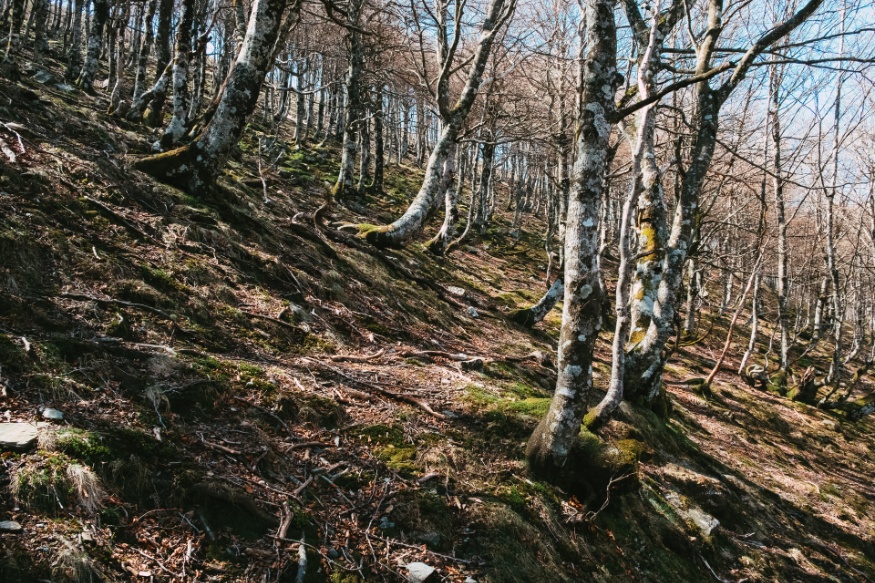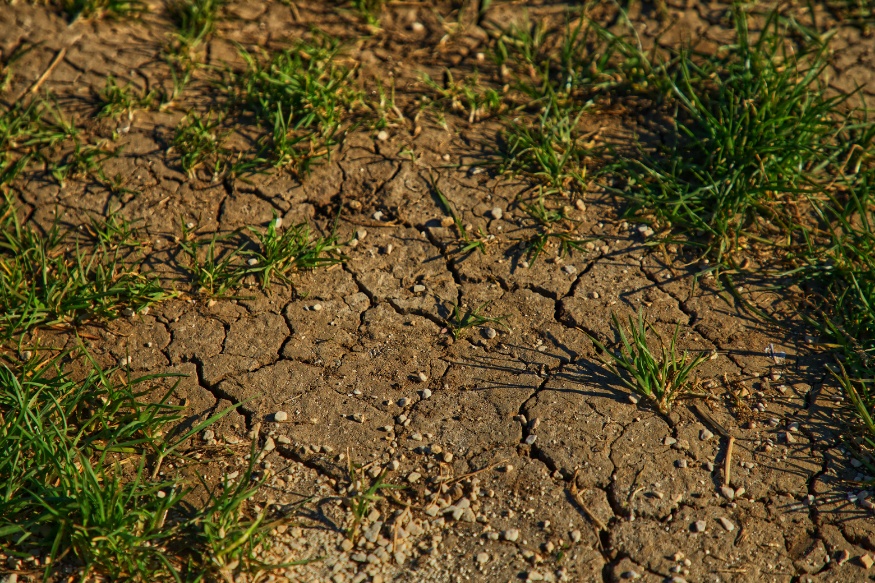Surface Root Exposure Of Trees
Though some exposed surface roots pose little to no threat to tree health, too much poking above the ground may the as sign of an underlying issue. Depending on the species of tree, surface roots can be an abnormality, structural concern, and can have a negative affect on aesthetics. When surface roots are exposed to foot traffic and lawn machines the result is often damage and a chance for decay or pathogens to enter the tree from the ground up.
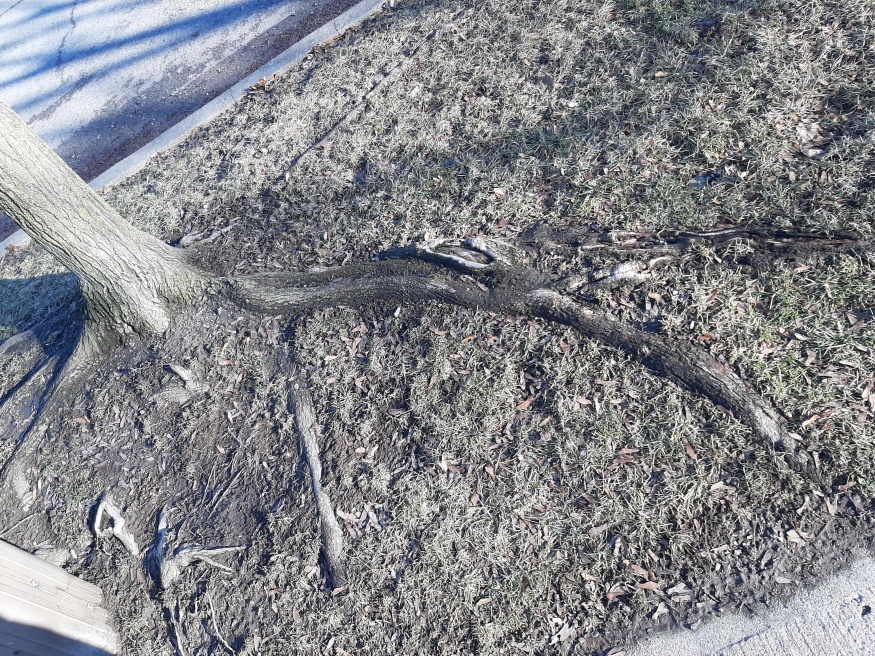
Soil compaction is a major cause. Trees respire (breathe) through their roots and without air pockets, roots may rise to the surface to force access to oxygen. Compaction can be caused by construction or failure to provide adequate topsoil when planting. Ball and burlap planting can be a source cause of surface root formation. Failing to remove the wire and burlap trees are often shipped in can cause roots to take the path of least resistance and force themselves out through the surface.
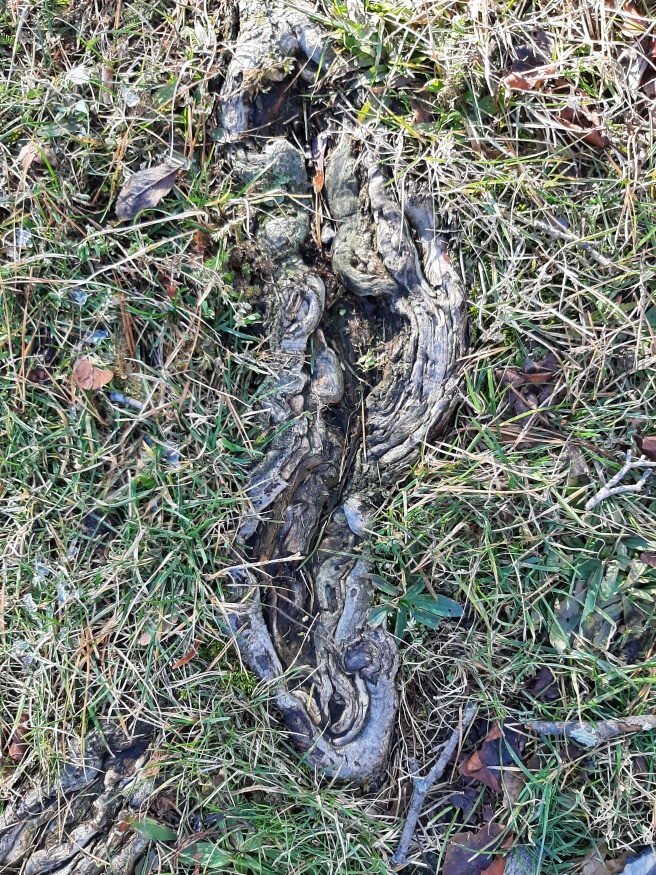
We've heard of planting trees too deeply, it's a common practice, but what about planting trees too shallow? Once past the seedling stage, roots may seldom be able to change their initial direction of growth. When shallow planting happens it can very likely result in surface root formation.
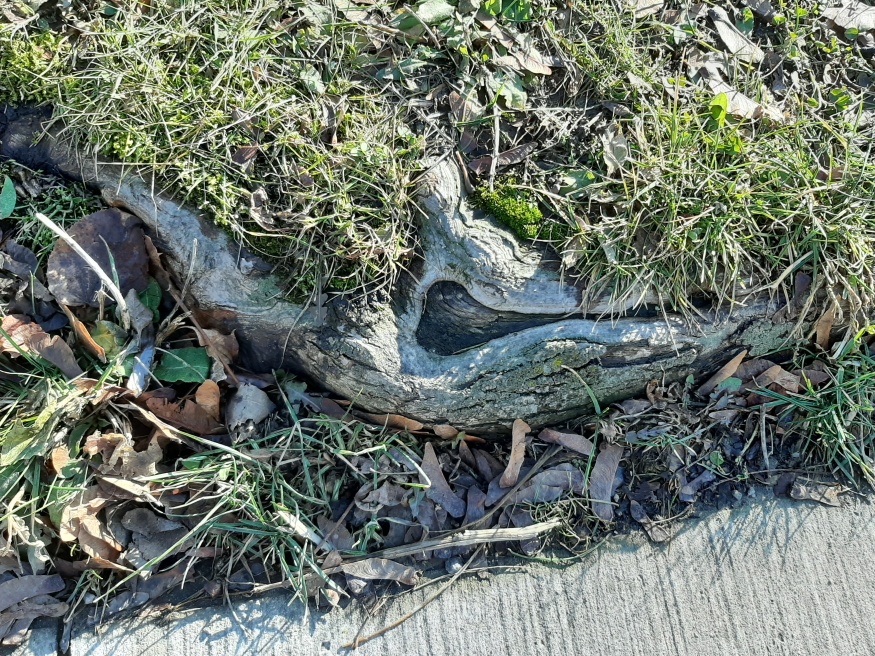
If planted at the correct level, exposed roots can still often be caused by a disturbance in the soil profile. In forests and naturalized areas, we often see surface roots as a result of erosion or the heaving of another tree which has been uprooted. In urban settings it can be caused by construction or the or removal of surface soil by other means.
If you notice many surface roots and are worried about the health of your tree. Applying a thin layer topsoil and mulch to as much diameter area around the trunk as possible. Take care not to burry the flare of the trunk when doing so. Over time, this will help relieve soil compaction and provide protection from foot traffic, lawn mowers, etc.

